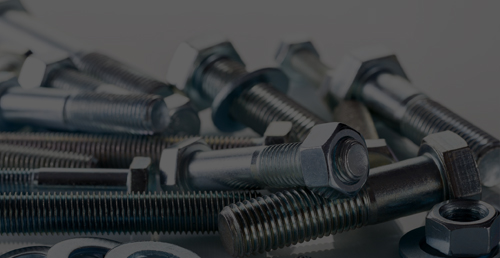Effective Installation Guide for Self-Drilling Plasterboard Anchors to Ensure Strong Support
Self-Drilling Plasterboard Anchors A Comprehensive Guide
When it comes to hanging items on walls made of plasterboard (also known as drywall), using the right type of anchor is crucial to ensure stability and durability. Among the various options available, self-drilling plasterboard anchors have gained popularity due to their ease of use and effectiveness. This article will explore what self-drilling anchors are, how they work, their advantages, and tips for installation.
What Are Self-Drilling Plasterboard Anchors?
Self-drilling plasterboard anchors are specially designed fasteners that can be inserted into plasterboard without the need for pre-drilling pilot holes. They feature a sharp, auger-like tip that allows them to penetrate the drywall material easily. Typically made from durable materials such as steel or plastic, these anchors provide a secure hold for items ranging from lightweight frames to heavier shelves.
How Do They Work?
The mechanism behind self-drilling anchors is quite straightforward. When you apply pressure while driving the anchor into the plasterboard, the sharp tip begins to cut through the drywall. Once the anchor reaches a designated depth, the threads on the anchor grip the surrounding drywall, creating a secure hold. The design ensures that the anchor expands slightly within the wall, distributing the weight of the mounted object evenly and preventing it from pulling out.
Advantages of Self-Drilling Anchors
1. Simplicity and Speed One of the primary benefits of self-drilling anchors is their ease of installation. Because there’s no need for pre-drilling, users can quickly mount items with minimal tools—often just a screwdriver or drill. This is especially helpful for DIY enthusiasts or those new to home repair tasks.
2. Versatility Self-drilling anchors come in various sizes and weight capacities, making them suitable for a wide range of applications. Whether you're hanging lightweight picture frames, shelves, or even larger items like mirrors, there's likely a self-drilling anchor that meets your needs.
self drilling plasterboard anchor

3. Durability Made from robust materials, self-drilling anchors provide long-lasting support. They are designed to hold firm under stress, making them a reliable solution for every wall-hanging project.
4. Minimal Damage Since self-drilling anchors require minimal insertion force and don’t necessitate extensive drilling, they cause less damage to the plasterboard compared to traditional anchor systems.
Tips for Installation
- Choose the Right Anchor Assess the weight of the item you wish to hang and select an anchor that can support that weight. Follow the manufacturer's guidelines regarding weight limits.
- Locate Studs If the item is particularly heavy, it's advisable to secure at least part of it to a wall stud. This can enhance stability and decrease the risk of damage.
- Use the Right Tools While many self-drilling anchors can be inserted by hand, using a power drill or screwdriver can speed up the process and ensure a cleaner installation.
- Test the Hold After installation, gently pull on the hung item to ensure it is secure. If it feels loose or unstable, consider reinstalling with a more robust anchor or adjusting the mounting method.
Conclusion
Self-drilling plasterboard anchors provide an efficient and effective solution for hanging items on drywall. Their ease of use, combined with their strength and versatility, makes them an essential tool for homeowners and DIYers alike. By following proper installation techniques and choosing the right anchors for your needs, you can confidently secure items to your plasterboard walls without the worry of damage or failure. Whether you’re undertaking a small home project or a larger renovation, self-drilling anchors can enhance your wall-hanging experience.
-
Weatherproof Plastic Expansion Anchors for OutdoorIroyinJun.06,2025
-
Sustainability in the Supply Chain: Eco-Friendly TEK Screws ProductionIroyinJun.06,2025
-
Load-Bearing Capacity of External Insulation FixingsIroyinJun.06,2025
-
Double Head Bolts: Enhancing Efficiency in Industrial MachineryIroyinJun.06,2025
-
Corrosion Resistance in Chipboard Screws: Coatings for Wholesale DurabilityIroyinJun.06,2025
-
Butterfly Toggle Bolts : Enhancing Structural ResilienceIroyinJun.06,2025
